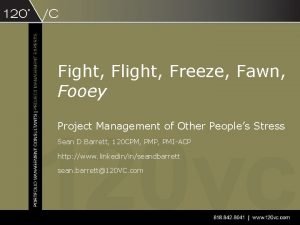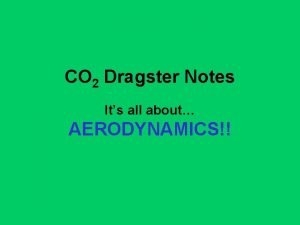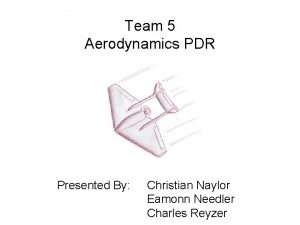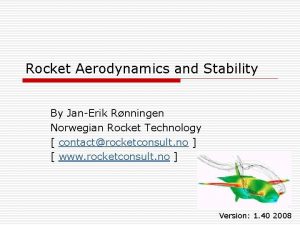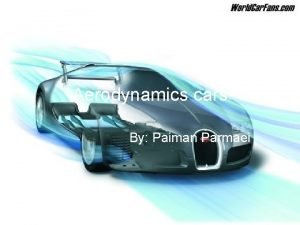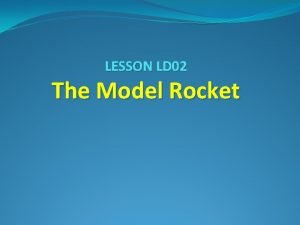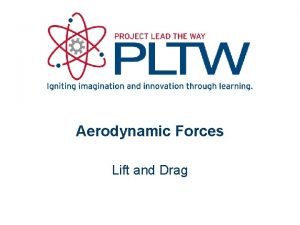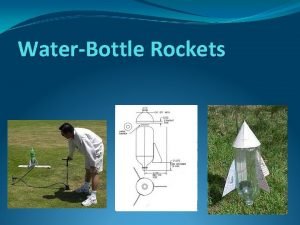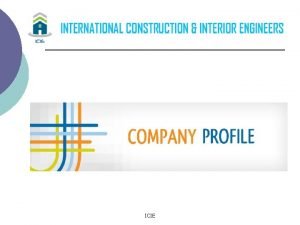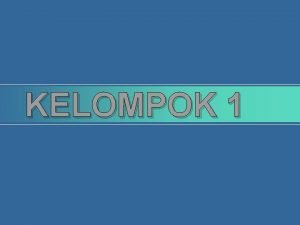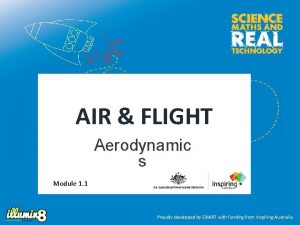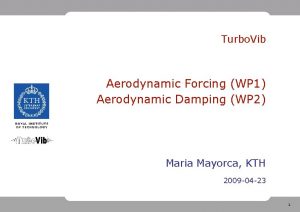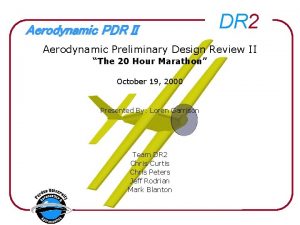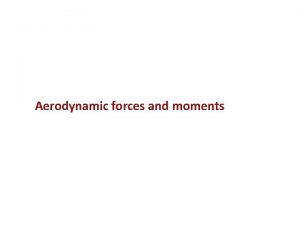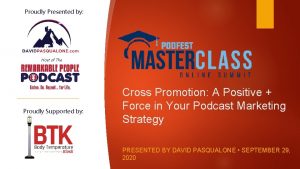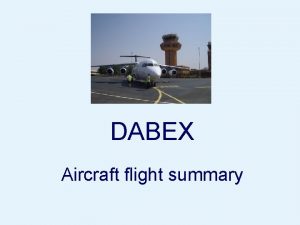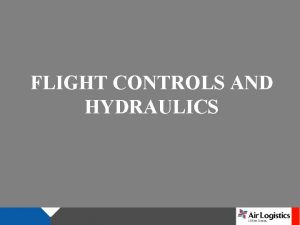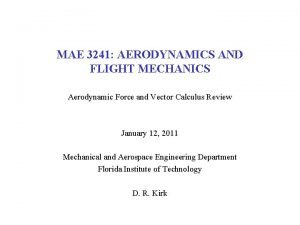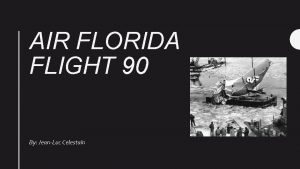AIR FLIGHT Aerodynamic s Module 1 1 Proudly














- Slides: 14

AIR & FLIGHT Aerodynamic s Module 1. 1 Proudly developed by SMART with funding from Inspiring Australia

Welcome! This is going to be fun! Image Source: http: //www. pixabay. com Hello! Great to meet you!

What do we already know about AIR?

The Scientific Method Make Observation s Ask a Question Make a Hypothesis Conduct an Experimen Analyse your t Results Make a Conclusion Communicate your results (This may become a new theory!) Image Source: http: //www. pixabay. com Hypothesis Accepted Hypothesis Rejected

Moving Flame Aim: To observe how air movement can affect a flame Paper Equipment (per group): • 1 sheet A 4 paper • 1 candle Candle • Matches (to light candle) Procedure: 1. Form group of 3 to 4 students. 2. Collect a candle, paper and matches. 3. Place the candle on a table and light it (wait for supervisor!) 4. Gripping a piece of A 4 paper at the two short ends, hold it beside and about twice the height of the candle. 5. Pull the paper abruptly downwards next to the candle. 6. Observe the effect on the flame.

Ever wondered why… athletes wear special clothing? Aerodynamic shapes Image Source: http: //www. danielyeow. com/2014/sochi-special-speed-suits/#fancybox/2/

Aerodynamic Test Aim: To observe the effect of aerodynamic shapes Equipment: • A 4 paper - 2 sheets per student Procedure: 1. Fold one piece of A 4 paper into a paper plane, using the instructions provided. 2. Throw both the unfolded and folded pieces of paper (wait for supervisor to say go!) 3. Observe how both objects travel through the air. Document your observations! 4. Discuss your ideas on why they behaved differently

Four Forces of Flight Thrust Lift Weight Drag

rd Newton’s 3 Law of Motion Every action has an equal and opposite reaction! Image Source: http: //www. pixabay. com

How does lift work? When air moves over the top of a plane wing, something unexpected happens… Wing Air Flow Newtons 3 rd Law: Every action has an equal and opposite reaction. As the plane moves forward, air travels more quickly over the top of the wing.

What do these have in common?

Paper Aeroplane Challenge: Build a paper aeroplane out of a single piece of A 4 paper! We will test, and record: • Distance plane travels before hitting the ground • Amount of time plane spends in the air

World Records to beat… The farthest flight by a paper aircraft is 69. 14 metres! Achieved by Joe Ayoob and aircraft designer John M. Collins (both USA) on 26 February 2012. The plane was constructed from a single sheet of uncut A 4 paper. Joe Ayoob flew the aircraft designed by John M. Collins. The longest time flying a paper aircraft is 29. 2 seconds! Achieved by Takuo Toda (Japan), in Fukuyama City, Hiroshima, Japan, on 19 December 2010. http: //www. guinnessworldrecords. com/world-records/farthest-flight-by-a-paper-aircraft http: //www. guinnessworldrecords. com/world-records/longest-time-flying-a-paper-aircraft

Aeroplane Challenge Rules • Paper planes must be made out of a single piece of A 4 paper (it may be cut with scissors). • Paper clips may be used as weights if desired. • Paper plane thrower must stand behind starting line. • Distance measure will be taken from starting line to nose of the plane when landed. • Time aloft measurement is timed from the moment the plane leaves the throwers hand to the moment any part of the plane touches the ground or other object. • Thrower is given a maximum of three attempts. The best attempt will be taken as the score. • Participants can construct a single plane for both tests OR two separate planes, one dedicated to each test. A maximum of two planes will be used in testing for each participant / group. • Final point score will be the best distance plus the best time for each participant / group.
 Sutterhe
Sutterhe Dragster aerodynamics
Dragster aerodynamics Mean aerodynamic chord
Mean aerodynamic chord Airfoil nomenclature
Airfoil nomenclature Rocket aerodynamics
Rocket aerodynamics Aerodynamic devices
Aerodynamic devices Least aerodynamic shape
Least aerodynamic shape Drag equation physics
Drag equation physics Water rocket fin template
Water rocket fin template Air higroskopis adalah
Air higroskopis adalah Ms kovak proudly displayed grammar
Ms kovak proudly displayed grammar Proudly introduce
Proudly introduce Proudly present artinya
Proudly present artinya Adverbs of degree examples
Adverbs of degree examples Email us company proudly com
Email us company proudly com
